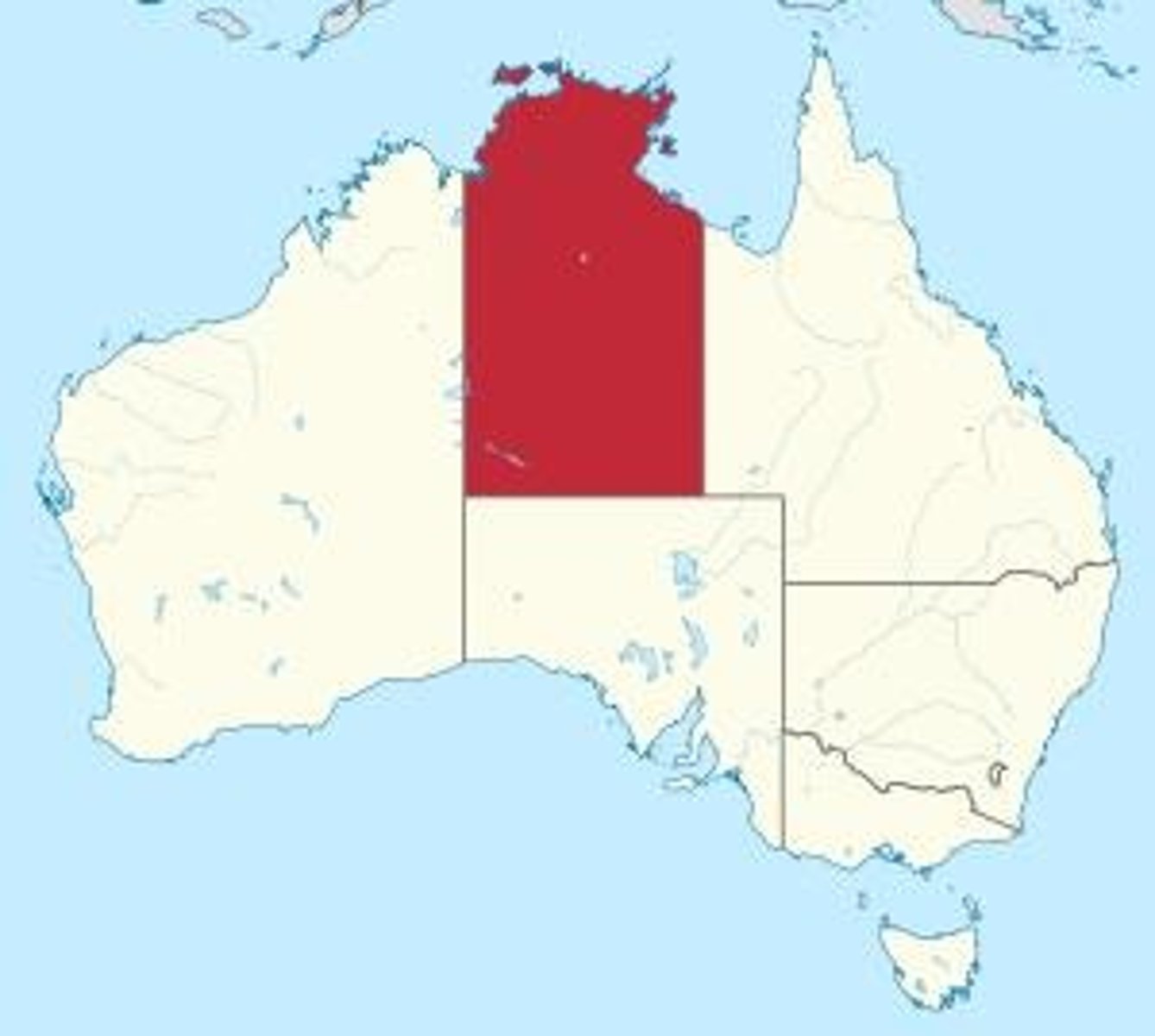Challenges in the Criminal Justice System for Diverse Groups
1/113
There's no tags or description
Looks like no tags are added yet.
Name | Mastery | Learn | Test | Matching | Spaced |
|---|
No study sessions yet.
114 Terms
Systemic Racism
Discrimination leading to harsher treatment in justice.
CALD
Culturally and linguistically diverse individuals.
Demographics of NT
Median age in NT is 23 years.
First Nations Population
61,000 First Nations people reside in NT.

Self-Governance
NT gained self-governance rights in 1978.
Unicameral Parliament
NT parliament consists of a single legislative chamber.
Mandatory Sentencing
Laws requiring minimum sentences for specific offenses.
Therapeutic Jurisprudence
Legal approach focusing on rehabilitation over punishment.
Victorian Drug Court
Specialized court for drug-related offenses and rehabilitation.
Drug and Alcohol Treatment Order (DATO)
Community-based sentence with treatment for substance abuse.
Koori Courts
Culturally tailored courts for Aboriginal defendants.
Informal Hearings
Less formal court process for Aboriginal cases.
Recidivism
Tendency of offenders to reoffend after rehabilitation.
Koori Court
Court designed for Aboriginal defendants, emphasizing community involvement.
Diversion program
Alternative to sentencing, avoiding criminal records for offenders.
Magistrate's role
Judicial officer who decides sentences in Koori Court.
Protection
Sanction protects community from further offenses.
Denunciation
Court declares crime as unacceptable behavior.
Deterrence
Sanction aims to prevent future similar crimes.
Rehabilitation
Sanction helps offender reintegrate into society.
Equal Justice
Similar offenders receive comparable sentences.
Aggravating Factors
Details making the offense more serious.
Mitigating Factors
Details making the offense less serious.
Pre-sentence Hearing
Court session before sentencing to gather information.
Secondary Victims
Individuals affected by the crime indirectly.
Summary Offence
Minor crime, often punishable by fines.
Drug Treatment Order
Sentence aimed at rehabilitating drug offenders.
Cumulative Sentences
Multiple sentences served one after another.
Concurrent Sentences
Multiple sentences served simultaneously.
Custodial Sentence
Imprisonment as a form of punishment.
Community Correction Order (CCO)
Flexible sentence allowing community living under conditions.
Monetary Penalty
Fine imposed as punishment for an offence.
Penalty Units
Standardized monetary value for fines, $192.31 as of July 2023.
Legal Custody
State of being confined in prison.
Court Hearing
Judicial proceeding to determine legal outcomes.
Judicial Discretion
Judges' authority to decide on sentences.
Jury
Group deciding verdicts in trials.
Role of Jury
To return a verdict based on evidence.
Jurors
Judges of facts in legal trials.
Verdict
Decision on guilt or liability.
Unanimous Verdict
All jurors agree on the verdict.
Majority Verdict
Most jurors agree, e.g., 11/12.
Hung Jury
No legal verdict reached by jurors.
Eligible Jurors
Must be 18+, citizens, registered voters.
Ineligible Jurors
Cannot serve due to legal involvement.
Disqualified Jurors
Unsuitable due to past offenses.
Excused Jurors
Valid reasons for not serving on jury.
Peremptory Challenges
Parties can dismiss jurors without reason.
Civil Trial Jury Size
Typically consists of 6 jurors.
Criminal Trial Jury Size
Typically consists of 12 jurors.
Standard of Proof
Evidence level needed for a verdict.
Damages Calculation
Jury determines compensation in civil cases.
Indictable Offences
Serious crimes requiring jury trials.
Deliberation Time
Minimum six hours for majority verdict.
Juries in Appeals
Juries are not used in appeal cases.
Peremptory Challenge
Each party has six in criminal trials.
Challenge for Cause
Requires legitimate reason, judge validates reason.
Indictable Offence
More serious offences, heard in higher courts.
Indictable Offences Heard Summarily
Serious offences heard by Magistrate in Magistrates' Court.
Original Jurisdiction
Court's power to hear a case first.
Appellate Jurisdiction
Court's power to hear appeals from lower courts.
Magistrates' Court
Lowest court, hears minor criminal cases.
County Court
Middle court, trials for indictable offences.
Supreme Court
Highest court, trials for serious indictable offences.
Supreme Court of Appeal
Hears appeals, no original jurisdiction.
Strict Liability Offence
No need to prove intent for prosecution.
Committal Hearing
Preliminary hearing to determine if trial proceeds.
Bail Application
Request for temporary release before trial.
Separation of Powers
Division of government into three branches.
Legislature
Makes laws, includes Parliament and Senate.
Judiciary
Interprets laws, includes High Court.
Police Powers
Authorities granted to law enforcement for crime prevention.
Individual Rights
Legal entitlements protecting citizens' freedoms and privacy.
Balance of Powers
Equilibrium between police authority and citizens' rights.
Warrant
Formal court approval required for certain arrests.
Citizen's Arrest
Non-police individual detaining a suspected offender.
Crimes Act 1958
Legislation outlining reasons for lawful arrests.
Public Order Preservation
Maintaining societal peace during police interventions.
Detention of Terrorist Suspects
Holding individuals under anti-terrorism laws for 14 days.
Community Protection Act 2006
Legislation enabling extended detention for terrorism prevention.
Indictable Offense
Serious crime requiring formal charges and trial.
Summary Offense
Minor crime typically handled without a jury.
Summary offences
Minor crimes prosecuted in the Magistrates' Court.
Coercive powers
Authority to compel cooperation in organized crime cases.
Police investigations
Gathering evidence and questioning suspects post-crime.
Evidence collection
Gathering oral, physical, or forensic evidence at crime scenes.
Magistrates' Court
Court handling summary offences and minor cases.
Office of Public Prosecutions
Prosecutes serious offences in higher courts.
Principles of Justice
Fairness, equality, and access in legal contexts.
Sanctions
Legal penalties imposed for criminal offenses.
Criminal Justice System
System for enforcing criminal law and justice.
Institutional Powers
Authorities held by law enforcement agencies.
Sentencing Purposes
Goals include punishment, deterrence, and rehabilitation.
Types of Sanctions
Include fines, community orders, and imprisonment.
Drug Court
Special court for drug-related offenses and rehabilitation.
Fairness
Legal processes must be fair and impartial.
Equality
All individuals treated equally under the law.
Access
Right to legal representation and court participation.
Sanctions Purposes
Goals include punishment, deterrence, and rehabilitation.
Alternative Sentencing Approaches
Includes drug courts and diversion programs.